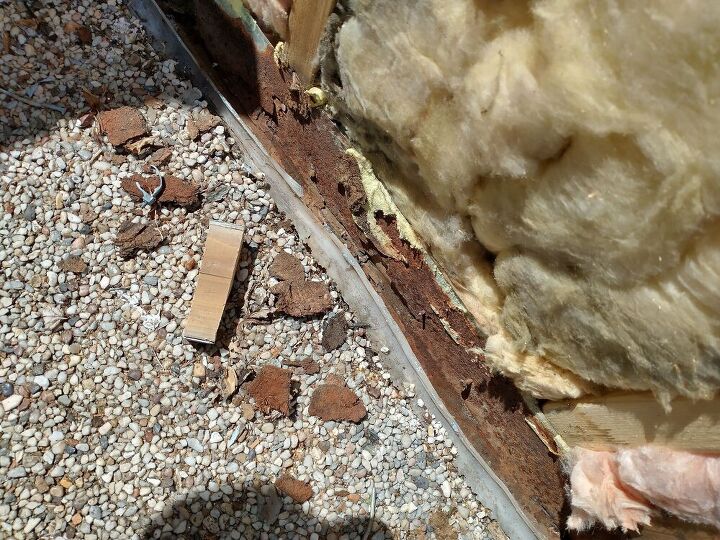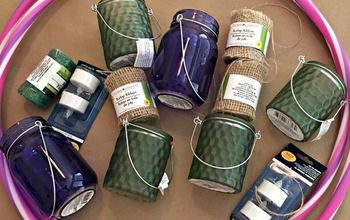How can I waterproof my basement wall?
Most of the basement has been turned into "finished" space. We noticed one wall that has begun to get wet and mold. We have removed the 1970's wood panel and the 2 layers of crappie dry wall to expose the cinder block. We have bleached it to remove the mold but now what? Would coating the wall with flex seal work to waterproof it?
Related Discussions
How to get rid of mice?
We seem to have some unwelcome Mickeys and Minnies in our house. What is the best way to get rid of them?
How to remove popcorn ceiling with asbestos?
I want to remove my popcorn ceiling, but it has asbestos in it. How do I go about this safely?
How to caulk baseboard gaps?
How do I fill gaps at baseboard, should I caulk? If so, does anyone know how to caulk baseboards?
How to fix squeaky hardwood floors?
How do I fix squeaky hardwood floors?
How do I fix water getting into my walkout basement from my patio?
Hi, water got into my basement from the patio outside my walkout basement of my 40 y/o home. The flashing applied 40 years ago rusted away. Big box store advised flas... See more
How do I repair and waterproof plaster walls around a tub ?
I want to install tile around my tub. The walls are plaster, which have been damaged by moisture. I have installed a ceiling vent, and I don't want to replace the pla... See more





There is a product called DryLok that is painted onto the inside wall. However, you may want to investigate the outside of this wall for settling water, such as off a rain gutter, and redirect. Also, be sure the slope of the yard is away from the the foundation.
Agree with Barb. You need to determine why there is water on the other side of the wall and correct that problem first. No amount of paint will hold back water if it has nowhere to go but inside your house. Check to see if rainwater is flowing toward your house; did you add irrigation that is making the area wet; are your gutters overflowing in that area; is there an outside faucet that is leaking?
After bleaching, you should follow with a spritz of vinegar. Let set 15-30 minutes, then rinse and dry thoroughly.
Put a 12" square of Saran Wrap or Aluminum Foil, tightly taped onto your concrete walls, with painter's tape. Leave it alone for 3-7 days. If you then notice condensation on the side facing you, the condensate is originating inside your basement, and Dry Lok should work, if applied properly.
If it's on the back side, your situation most likely is occuring from outside water going below ground, outside your home. Your options are to dig down far enough to add a waterproofing membrane or consult a waterproofing company.
You may need a dehumidifier run at no more than 40%, to remove excess moisture, a ceiling fan for better air circulation, etc. Any cardboard boxes, paper, etc. should be removed from the basement. Keep items away from walls for better air movement.
Alex,
You did not say exactly how the wall was constructed. In addition to what others have suggested, you need to install a thermal break, which is usually at least 2" of rigid foam. This will prevent condensations between a cooler block wall and the warmer drywall. Foam gets adhered to block after painting with drylok if that's what you choose to do. Then comes a normal stud wall (pressure treated bottom plate), which can be insulated with batt insulation or more rigid foam. Your drywall should not extend all the way down to the floor. Drywall should never be in direct contact with the block, nor do you want to use a vapor barrier. Run a dehumidifier if necessary.
I sprayed an entire basement wall, that was made of fieldstone and powdery old mortar, with Flex-Seal spray. I swept it clean with a whisk broom was the only prep work. It took maybe 6 cans, but it has held up for 4 years and is still perfectly intact. No leaks at all. I was able to prime over it with Gripper paint from home depot, then regular latex floor paint. It is a good, cheap fix!
Hi, Not sure about that as the damp could be coming up from the floor. You really ought to have it seen by a damp specialist for a better opinion!